Education and Outreach News
December 9, 2016
WSU Students Present Undergraduate Research
A mini-symposium was held for the fourth straight year on the campus of Weber State University. It featured research posters and presentations from iUTAH’s Summer Institute and the Undergraduate Research Fellows (iFellows) Program. The event was co-hosted by Carla Trentelman, associate professor of Sociology, and Dan Bedford, professor of Geography and WSU honors program director, and attended by students, faculty, administrators, and friends of iUTAH
“The Weber State iUTAH team, and this is very much a team effort, has felt from the beginning that it was important to give our iUTAH students the chance to share their experiences with the WSU community more broadly,” said Bedford. “We’ve had great representation from excellent students in all four years of the iFellows and Summer Institute programs, and it's good for everyone to see what excellent research our students were engaged in.”
Faculty mentors also use the event as a recruitment tool, reminding all in attendance to start thinking about upcoming summer iFellows program, which students may apply for starting in January 2017. Students who attended this program included 2015 iFellow André Valle; Andrew Hackett and Cynthia Elliott, 2016 iFellows; and William Soule and Maggie England, representing two of the five 2016 Summer Institute peer mentors.
“The iUTAH collaboration has provided great opportunities for our faculty and students to engage in research and scholarship related to water resource management in the state, said Charles "Chuck" A. Wight, president of WSU. “I'm grateful to the faculty at Weber State, Utah State University and the University of Utah for their roles in mentoring our students while carrying out the research and in preparing their work for publication and presentation.”
It is always an enriching experience to visit our partner institutions and see what the students have learned and gained on reflection, after returning to their schools in the fall.
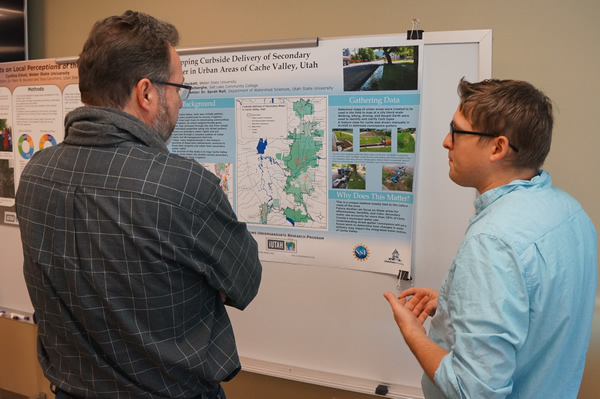
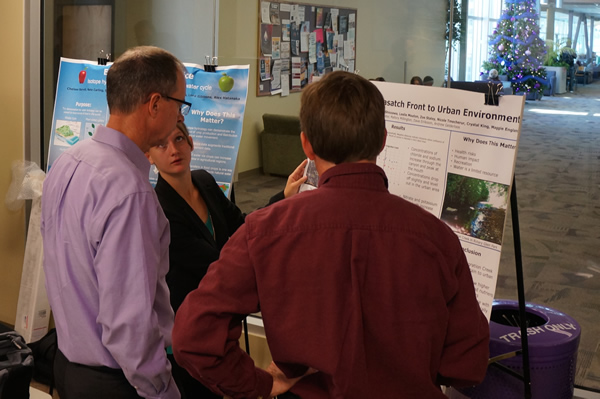
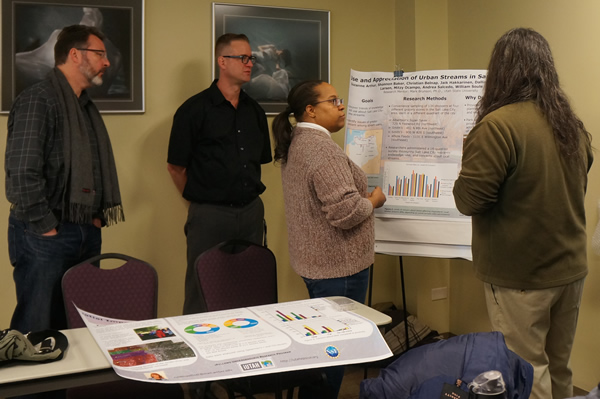
December 6, 2016
Engaging Neighborhoods in Survey Results
Last summer, nearly 400 people on Salt Lake City’s west side were asked about their connections to the Jordan River and the parklands alongside the river. Bilingual surveys were distributed in public places such as grocery stores, libraries, parks, and community events. Students involved in iUTAH Undergraduate Research Fellows (iFellows) Program, Cynthia Elliott and Luis Vidal, conducted the survey using iPads and interacting directly with residents.
Mark Brunson, professor in Utah State University’s Department of Environment and Society and the USU Ecology Center, and Taya Carothers, PhD student at USU, jointly developed the survey. They were aided in this process by collaborators in Salt Lake City’s open space lands program, Lewis Kogan and Tyler Murdock; and the design consultant for the Three Creeks Confluence project.
“As iUTAH’s director of education, outreach, and diversity, I have long wanted to do something that engaged the diverse neighborhoods on Salt Lake City’s west side and could be used to benefit people in those communities,” said Brunson. The idea for the study started at meeting led by Brian Tonetti, the executive director of the Seven Canyons Trust, held in fall 2015. While talking about how the Glendale neighborhood felt about daylighting (freeing buried rivers and streams) that currently run through Salt Lake City, it became clear that getting input from a broad diversity of neighborhood residents was challenging. This seemed like an opportunity to combine Carothers’s research on environmental justice and water with more general questions that might serve a variety of community projects in the area, such as the Glendale project.
After the survey results were collected and data formulated, iUTAH’s cyberinfrastructure team used visualization tools to help make the information accessible and easy to understand. This online tool, the survey data viewer, is publicly available and provides a simple interface to communicate the results of surveys to stakeholders, participants, and the general public. Information on this process can be found here. This information has been useful in presentations to make the results more interesting and applicable to specific groups.
“We found it to be extremely helpful because it is very visual,” said Carothers, who is also an iUTAH Graduate Research Assistant. “As a visual representation, it shows people what the data look like, by the size of the circle as a heat map, and then people can really visualize support or concern about a specific topic.“ It has been used in meetings with neighborhood council groups to show the data and to answer questions. This audience often lacks background information about the survey and mainly wants to know how it relates to them personally. The data viewer allows the presenter to look up answers to the specific area-related questions that people have, and use it as a tool to start a discussion.
“As a researcher who studies human-environment interactions, it’s been fascinating to learn about the different ways that individuals are connected to the Jordan, a very urban river that has a reputation more for impaired water quality than for recreation opportunities,” said Brunson. The link to the data survey has also been sent to specific stakeholders for use in proposal writing for future grants and research. The weed puncture vine, a plant covered with spines sharp enough to flatten bicycle tires, was identified by SLC residents as one of their larger concerns along the river and parkway. In response to this concern, the Open Space Lands program, Natural History Museum of Utah, and Brunson are collaborating on a proposal that could lead to a new citizen science project to address this issue directly.
This project demonstrates the multi-dimensional collaborations and partnerships that iUTAH, an interdisciplinary research and training program aimed at strengthening science for Utah’s water future, fosters in the state.
For downloadable article, along with quick reads version, visit the full article…
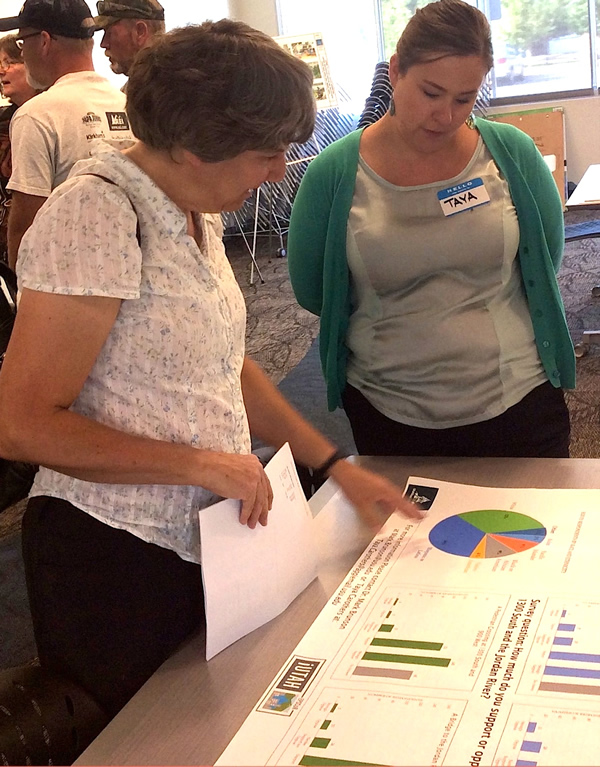
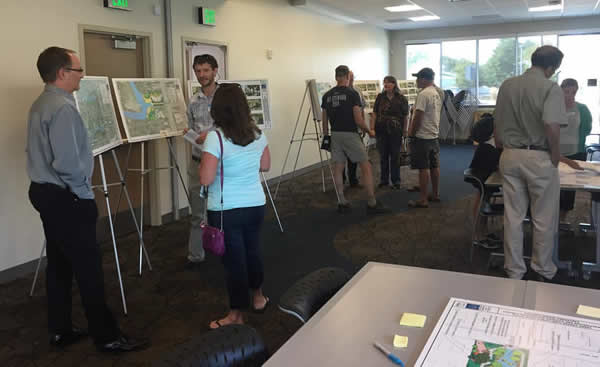
October 28, 2016
Students Present Research at National Diversity Conference
Two iUTAH students, Joydino Beyale and Luis Vidal, were among the many undergraduate students presenting research at the Society for the Advancement of Chicanos/Hispanics and Native Americans in Science (SACNAS) National Conference for Diversity in STEM in Long Beach, CA, on October 13-15, 2016.
Research for their presentations at SACNAS started last summer, when the two students were accepted into the iUTAH iFellows undergraduate research experience. This 11-week program culminated in the creation of a formal presentation and paper on the topics listed below.
- Joydino Beyale, USU Eastern in Blanding, presented on Determining the Quantity and Quality of Rainwater Drainage from Various Rooftops
- Luis Vidal, University of Utah, presented on Cross Cutting Relationships Among Community Concerns and Green Urban Infrastructure in the Jordan River Corridor
Ellen Eiriksson, iUTAH Education, Outreach and Diversity Coordinator, said “iUTAH is proud to not only provide research opportunities for undergraduate students from across Utah, but also support students in sharing their research at relevant conferences”
“It was a little intimidating at first with so many people” said Vidal, a junior studying Geology and Environmental Science at the University of Utah. “There was a great sense of inclusion in the conference and being around other students with similar backgrounds, especially when meeting other earth scientists of similar backgrounds.”
For Beyale, who is finishing his general studies at Utah State University Eastern in Blanding and plans to major in Environmental Engineering, the best part was the “many workshops and people to talk to, “ adding “being part of SACNAS has opened up a whole new beginning for me.”
While time was tight at the conference, which had record turnout with more than 4,000 attendees, and 1,000 student research presenters, students found opportunities to learn about graduate schools and internships, meet faculty and students from schools throughout the U.S., and get information about key resources and programs. The 2017 SACNAS National Conference will be held on October 19-21, 2017 in Salt Lake City, Utah, providing more Utah students and researchers a chance to attend.
“Both Luis and Joydino's iFellows research allowed them to connect with a wide audience” said Eiriksson. “Their iUTAH faculty mentors helped the students develop skills to share this research on a national scale, and we hope they now feel empowered to use this research and skills to positively impact their communities.”
When asked what advice they would give to other students interested in going to undergraduate conferences, Beyale said “work hard, get involve with your college, and most importantly be connected with your mentors and professors.”
Press: Utah State Today | UU News
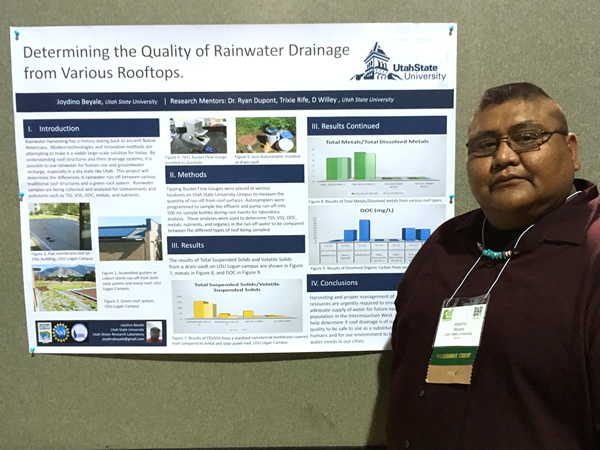
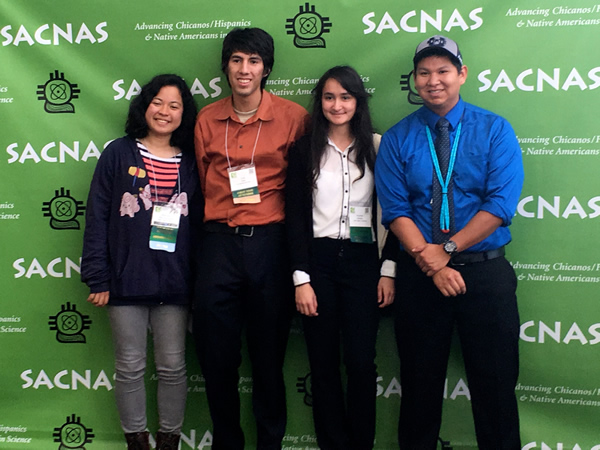
October 18, 2016
iUTAH Researchers Involved In New NSF Grants
Three projects totaling nearly $3.3 million were among those selected to receive National Science Foundation (NSF) awards in September 2016. iUTAH researchers are involved as principal or collaborating investigators to advance three projects funded at three Utah universities.
Utah State University received $2.7 million to fund the NSF Research Traineeships over the next five years. A university press release stated that the program, named “Graduate Climate Adaptation Research that Enhances Education and Responsiveness of Science at the Management-Policy Interface” — or Grad-CAREER for short —anticipates training 80 master’s and doctoral students.
“This is a remarkable opportunity for graduate students to be involved in a dynamic, cross-disciplinary research environment,” says Nancy Huntly, professor in USU’s Department of Biology, director of the USU Ecology Center, and principal investigator and project director for Grad-CAREER. When asked about how her experience with iUTAH contributed to this award, Huntly said “The new Climate Adaptation Science specialization builds on the foundation of interdisciplinary collaboration that iUTAH has fostered.”
Additionally, two projects at Utah Valley University and the University of Utah have been selected to receive first-ever NSF INCLUDES funding. These projects hope to develop new approaches to diversifying the science and engineering workforce of the United States. NSF INCLUDES (Inclusion across the Nation of Communities of Learners of Underrepresented Discoverers in Engineering and Science) granted two-year awards to 37 proposals nationwide with a goal of increasing the number of individuals from underserved groups in the science and engineering workforce to sustain U.S. leadership in those disciplines. Both projects are working to improve access to STEM education and career pathways, making them more widely available to underserved populations in Utah.
Huntly leads the project team, which includes iUTAH researchers Courtney Flint, Department of Sociology, Social Work and Anthropology and the USU Ecology Center; David Rosenberg, Department of Civil and Environmental Engineering and the Utah Water Research Laboratory; Simon Wang, Department of Plants, Soils and Climate and the Utah Climate Center and Sarah Null, Department of Watershed Sciences.
Utah Valley University received $300,000 to fund a project titled “Design & Development Launch Pilots: UTAH PREP.” through the NSF INCLUDES initiative. By partnering with Weber State University (WSU) and American Indian Services (AIS), PREParation for STEM Careers, UTAH PREP for short, aims to address the need for early preparation in mathematics to strengthen the secondary-to-postsecondary-to-career STEM pipeline. iUTAH researcher Daniel Horns, a professor in Earth Science and associate dean of the college of College of Science & Health, is the principal investigator of the project, along with co-investigators Andrew Stone, an assistant vice president of Recruitment and Outreach, and Violeta Vasilevska, an associate professor in Mathematics, all from UVU.
The University of Utah received nearly $300,000 in funding to launch a two-year pilot project through the NSF INCLUDES program. The project titled “Alliance to Strengthen the STEM Tapestry (ASSisT): Motivating Critical Identity Shifts to Weave the STEM Disenfranchised into Science and the Sustainability Workforce.” focuses on three STEM-disenfranchised groups: 1) adults who have been recently released from incarceration; 2) youth who have been released from juvenile custody; and 3) refugee youth, and builds on existing science education programs. iUTAH researcher Diane Pataki, a professor in UU’s biology department, and associate dean of student affairs in the College of Science, is a co-investigator on the project led by UU Professor of Biology Nalini Nadkarni. Others co-investigators from UU include Jordan Gerton, adjunct assistant professor, Bioengineering and associate professor, Physics and Astronomy, Sydney Cheek-O'Donnell, assistant professor and head of the Department of Theatre, and Russell Isabella, associate professor in Family and Consumer Studies and adjunct associate professor and Department of Psychology.
iUTAH is an NSF-funded project aimed at building statewide capacity to conduct research on vital environmental issues facing our state, specifically water sustainability. The project integrates research, training, and education to support Utah’s next generation STEM workforce and contribute to the education of and engagement with an informed, water-wise citizenry.
Press: Utah State Today | EurekAlert | NSF PR 16-129 | @theU
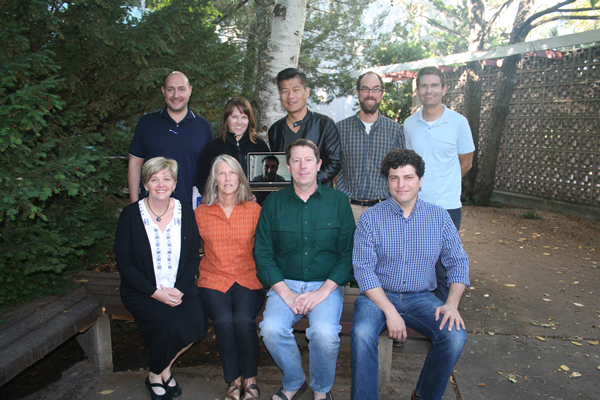
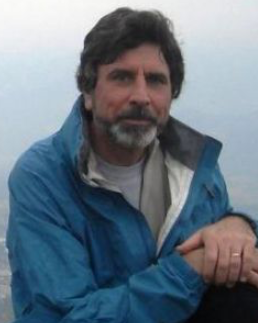

investigators for projects awarded NSF INCLUDES funding
August 23, 2016
Reporters from UPR's The Source program win awards
Utah Public Radio’s The Source was recognized with awards from the Associated Press Radio-Television Association (APTRA), and the Society of Professional Journalists, Utah Headliners Chapter in 2016. The program’s production team, made up of Jennifer Pemberton, Ross Chambless, and Ryan Cunningham, were recognized for:
- 2015 Best Investigative Reporting from the Associated Press Television and Radio Association for the episode "Recreation: It's Contentious. It's Litigious. It's Fun!"
- 2nd Place for Radio Series in the 2016 Utah Journalism Awards from the Society of Professional Journalists, Utah Headliners Chapter.
UPR was the only radio station from Utah to win an APTRA award. For a complete list of winners visit the APTRA website.
The Source, an hour-long monthly program produced by Utah Public Radio (UPR), has tracked water news across Utah. Monthly editions, which were supported by iUTAH, followed scientists, and others, into the lakes, streams, and snowfields that are the source of our drinking water, our agricultural industry, our stunning scenery, and our world-class recreation. Utah Public Radio is interested in partnering with groups from across the state to help educate the public through storytelling or underwriting. Past episodes of The Source are available at either the UPR or the iUTAH website.

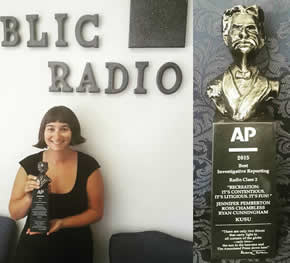
Photos courtesy of J. Pemberton


